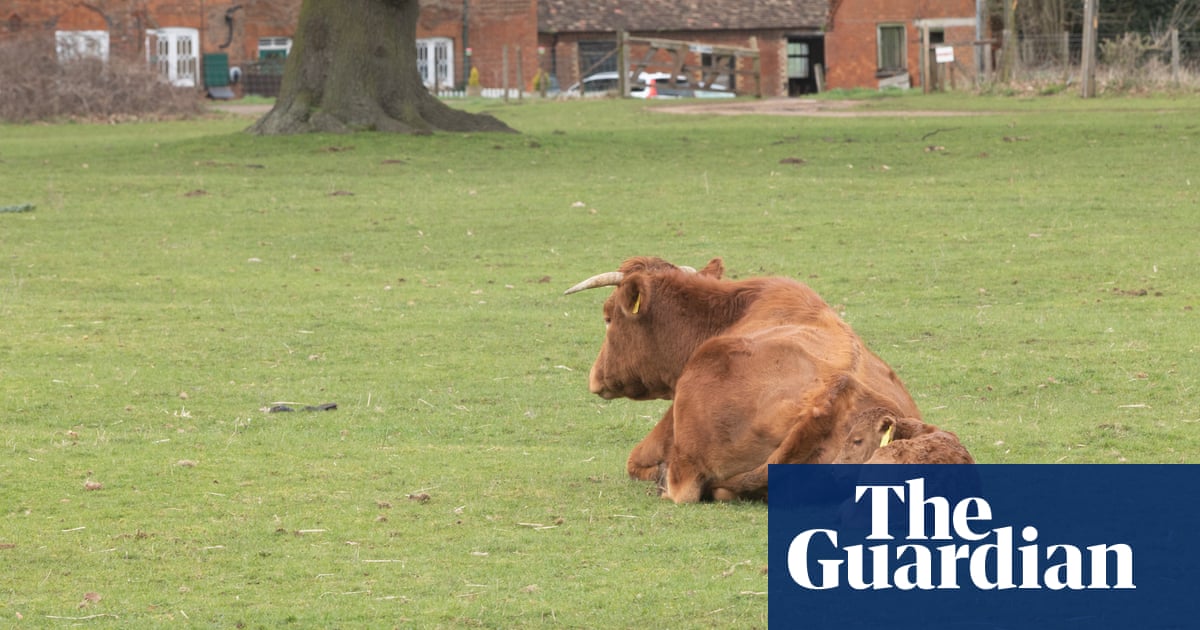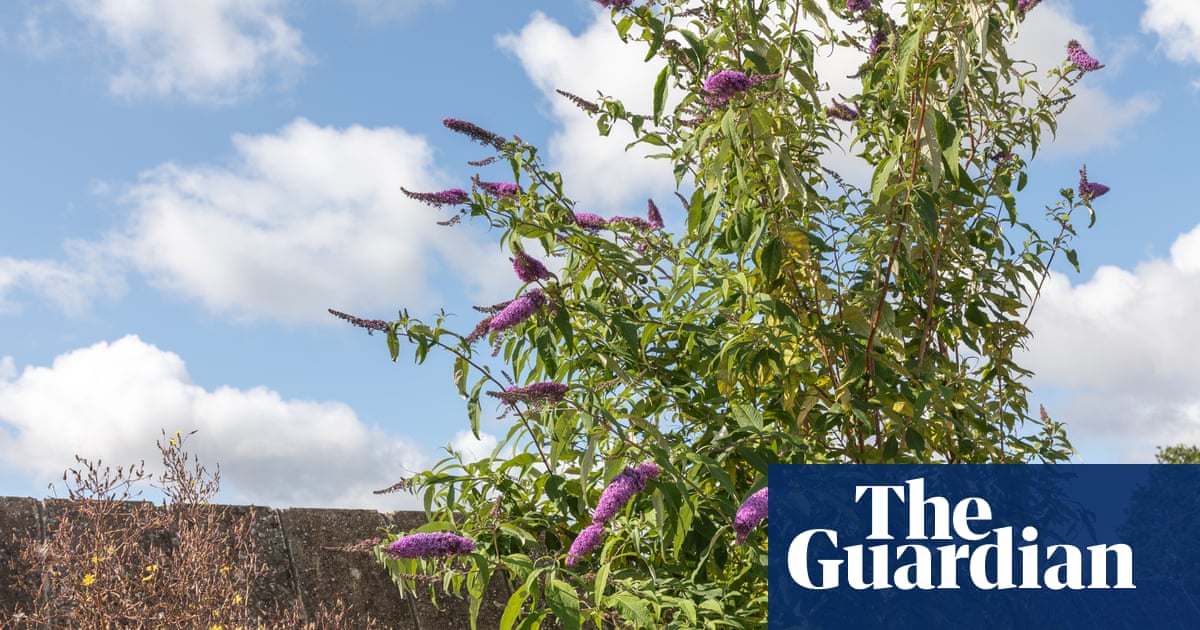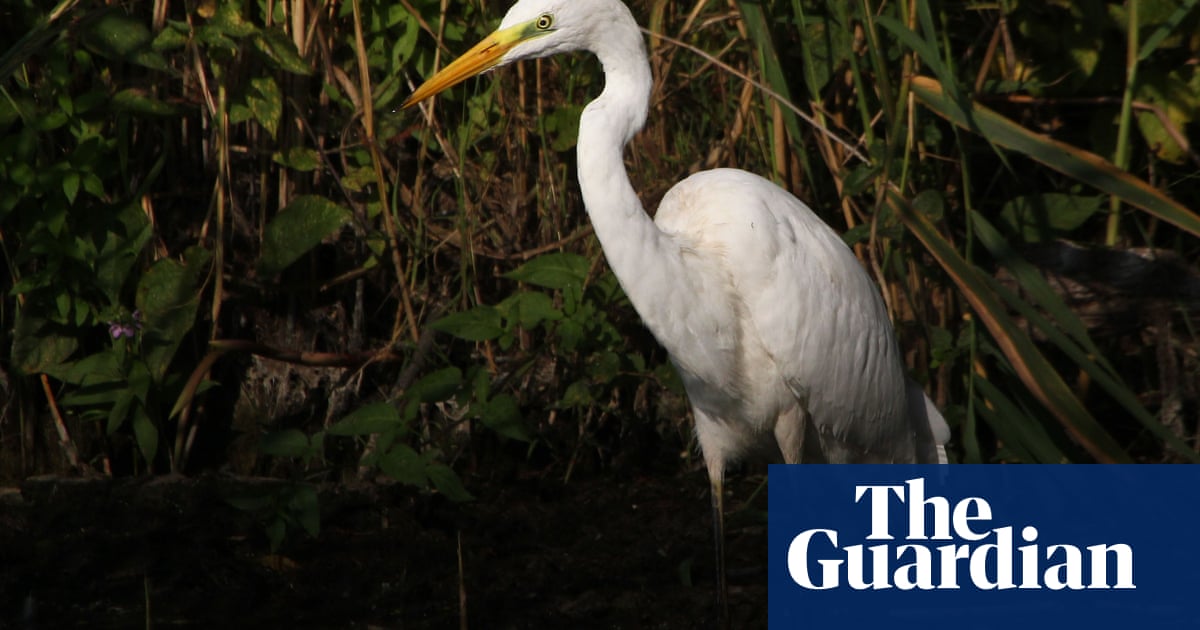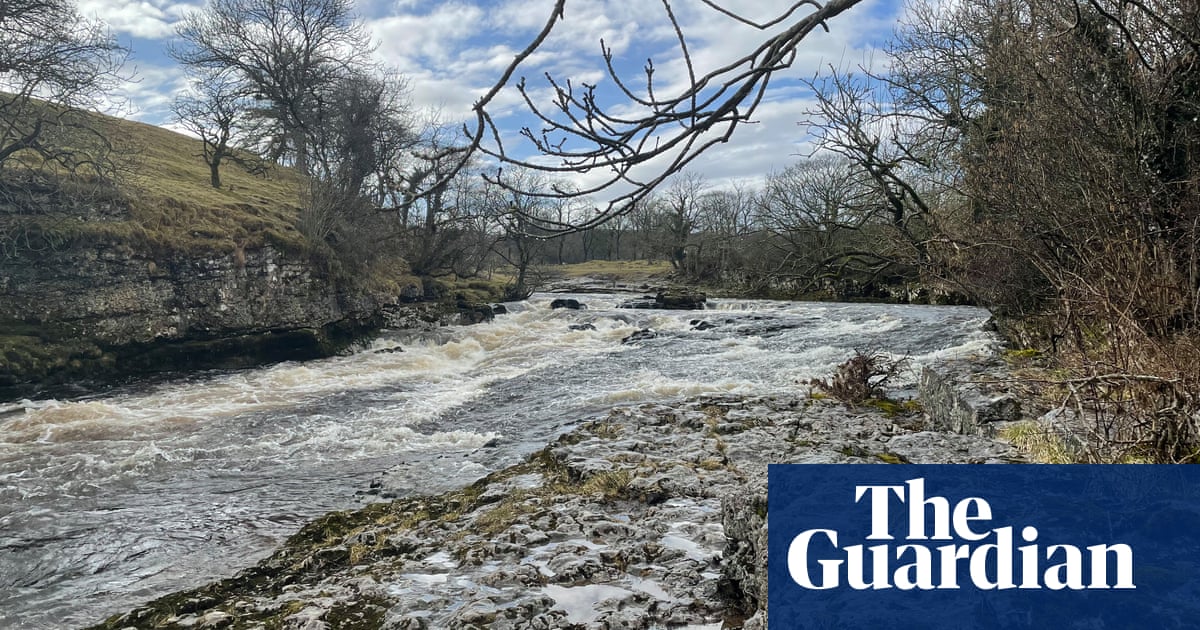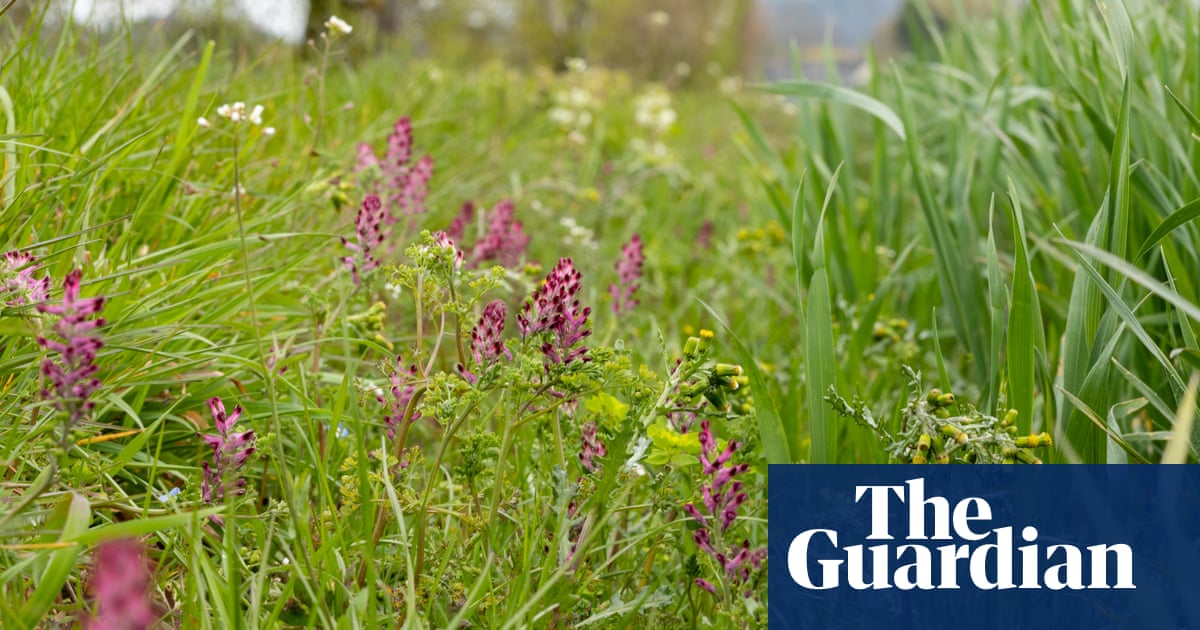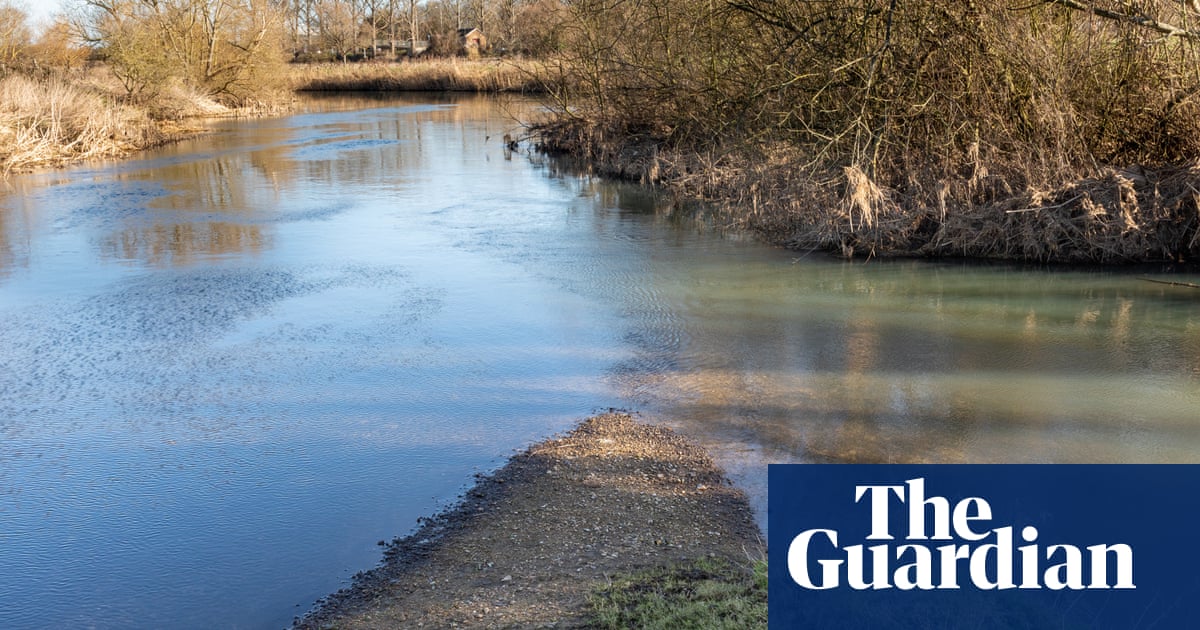
Saxon meets Saxon at the joining of two rivers, the end of a journey for one, swallowed by the other on its ocean-bound course. The land runs out at a V-shaped spit, a grass-topped bank crumbling away to beaches on either side of wet earth and stones.
History lingers here in the silt of words whose original meanings are as good as lost. The River Ivel, named for a local tribe, surrenders both its identity and waters as it ripples over a bar of shingle, confused by mingling and resistance from the soon to be mighty Ouse, cutting a broad sweep towards the north. The larger river’s name comes from the Old English for big river. As it drinks tributaries through Cambridgeshire and into Norfolk, growing still wider and wider, it will become recast as the Great Ouse. Truly and literally, the great big river.
Twenty years or more ago, I first stood on this end point, at the finish of a daylong walk from the Ivel’s source in the chalk hills of north Hertfordshire. Spring-fed, this gentle river is supplemented only by thin streams and ditches, and so remains narrow, steady and sedate throughout its course, trailing strands of waterweed in summer, gushing in shallows over gravelly bottoms. I have both swum and kayaked in the waters of this once-canalised waterway, one that passes close to my house. It is mine.
When the murky Ouse appeared before me, I felt a chill seeing unfathomable swirls and eddies on the surface and the ground shelving away under the waterline into bottomless fear, and I feel it still today, the legacy of a near-drowning in childhood that will never dry out. But this is nothing compared with the terror of people living here in the reign of King Alfred, who would have looked out to see stiff oars row against the flow. It takes no great stretch of the imagination to stare upriver and see the prows of longboats and the bearded, hard faces of men from the north, invading with murderous intent.




